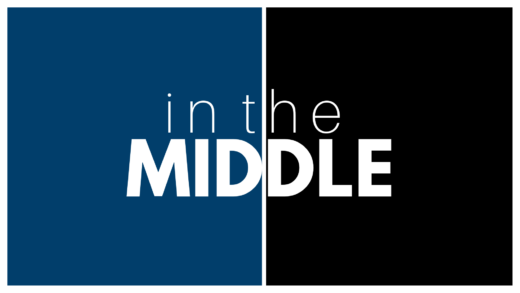I get asked this question occasionally.
The question is usually asked by non-financial directors/officers of client companies.
It just came up again so here is a description.
Usually mezzanine capital is defined as unsecured, higher-yielding loans that are subordinate to bank loans and other secured loans but rank above equity in the event of liquidation.
Here is a more in depth explanation.
Mezzanine is junior debt that is between senior debt and equity on the balance sheet. Therefore it is called mezzanine, a Latin word that means “middle.”
But there is more. Mezzanine capital now means more than just subordinated debt. It now can refer to both preferred and common equity in addition to engineered securities such as convertible debentures. Mezzanine Capital has been transformed into a more flexible, customizable, and useful tool within transactional finance.
Following is a brief explanation of mezzanine capital history.
Mezzanine capital was originally another name for subordinated debt, which was almost originally exclusively used by buyout funds to help finance their acquisitions. Mezzanine capital providers were limited to providing capital to transactions originated by buyout funds.
Mezzanine investors did not normally consider opportunities to invest in companies unless a buyout fund was involved. This preference for a buyout fund sponsor in every deal is why they are often referred to as “sponsored mezzanine investors”.
Statistics are not available, but it is likely the vast majority of mezzanine investments were of this variety until the first “non-sponsored mezzanine investors” began in the mid-1990s.
Despite a well-established mezzanine capital market focused on providing funding to sponsored buyout transactions, some investment professionals recognized that a large demand for mezzanine capital to support non-sponsored transactions. Those are transactions without a buyout fund sponsor.
Unlike traditional sponsored buyout deals that involve a buyout fund sponsor acquiring a controlling interest in a company, these non-sponsored transactions include a wider range of deal types. Examples include recapitalizations, management buyouts, strategic acquisitions, special dividends, stock buybacks, growth capital infusions, and independent sponsor transactions.
The current mezzanine market is really in three parts. The majority of mezzanine capital providers are focused on sponsored buyout transactions. Other mezzanine firms have broadened their investments to sponsored and non-sponsored opportunities. A smaller number of firms specialize in non-sponsored mezzanine investing.
The field of structuring capital for business is continuously evolving. It will be interesting to see what happens in the future, in varying economic conditions.



